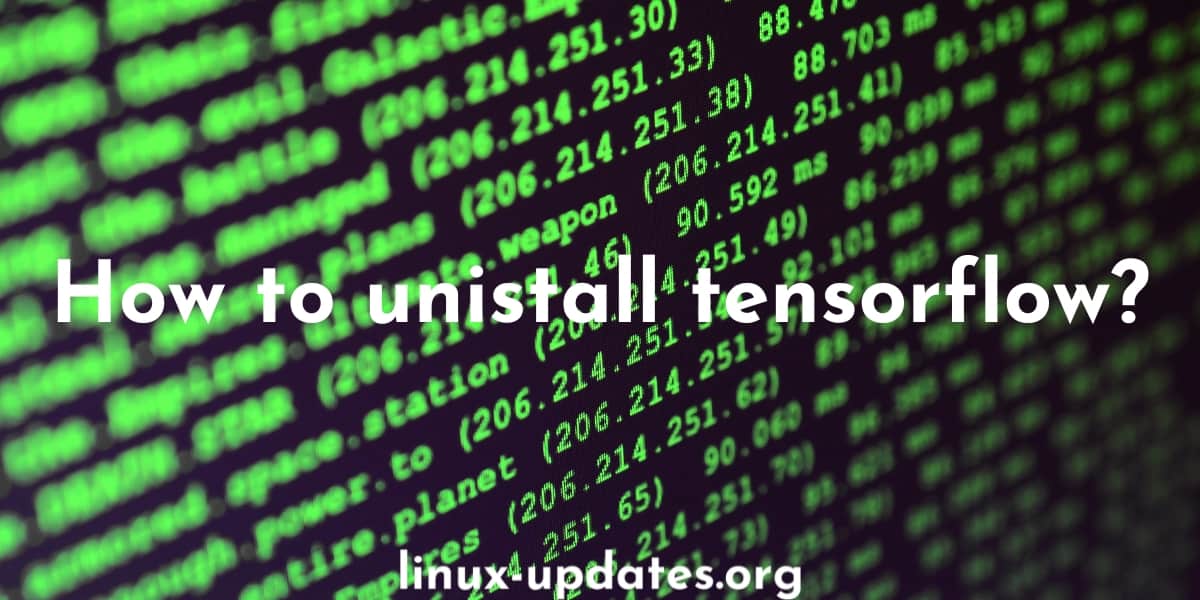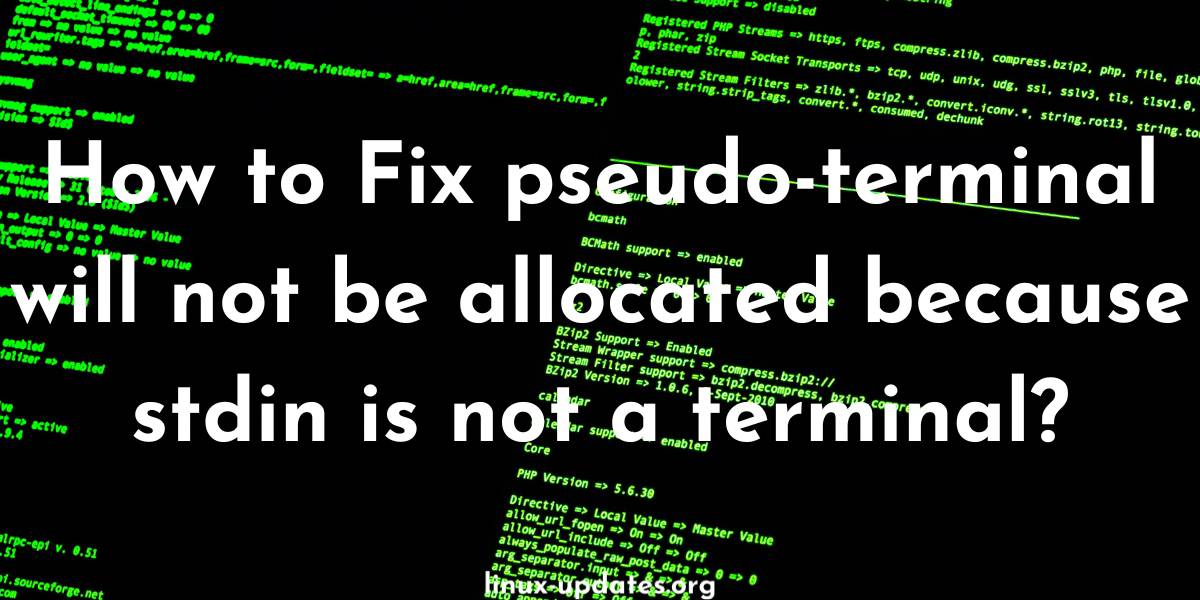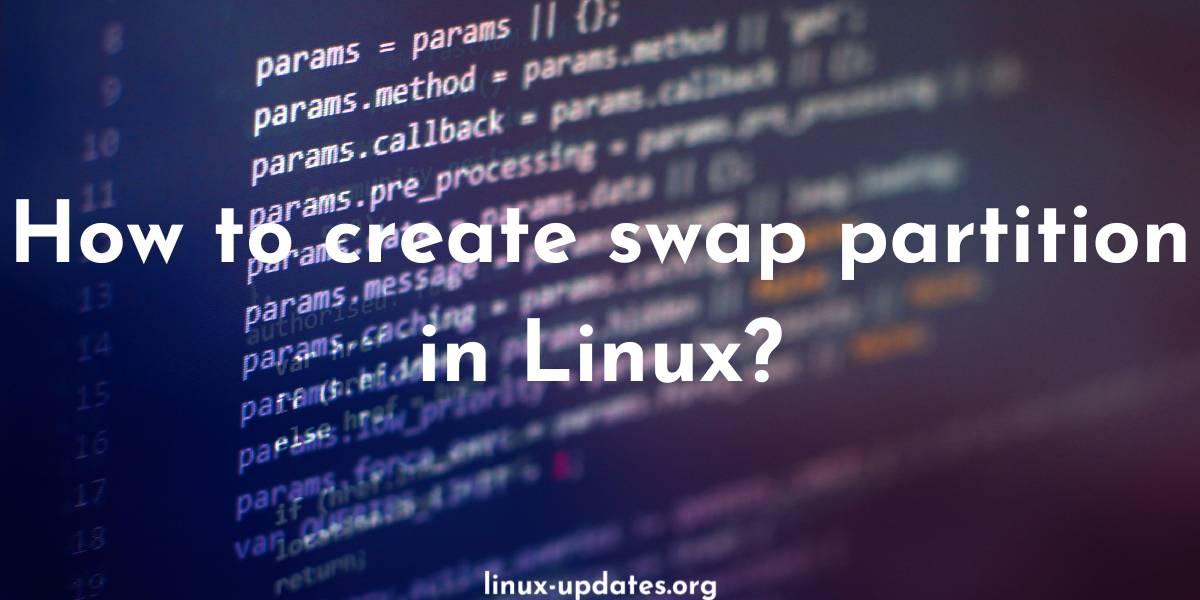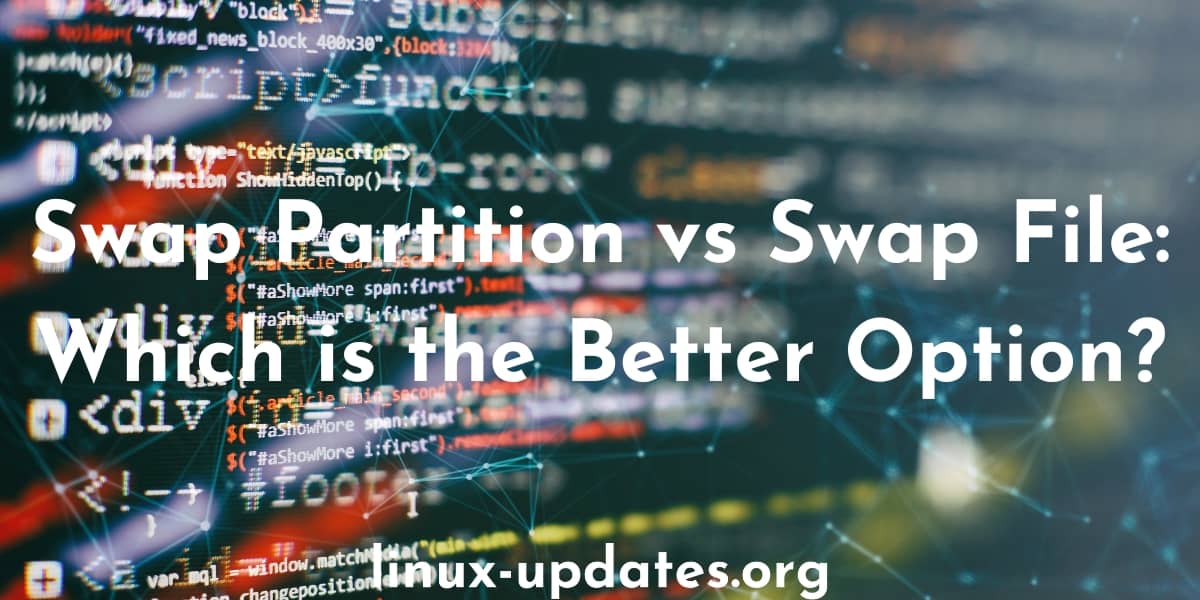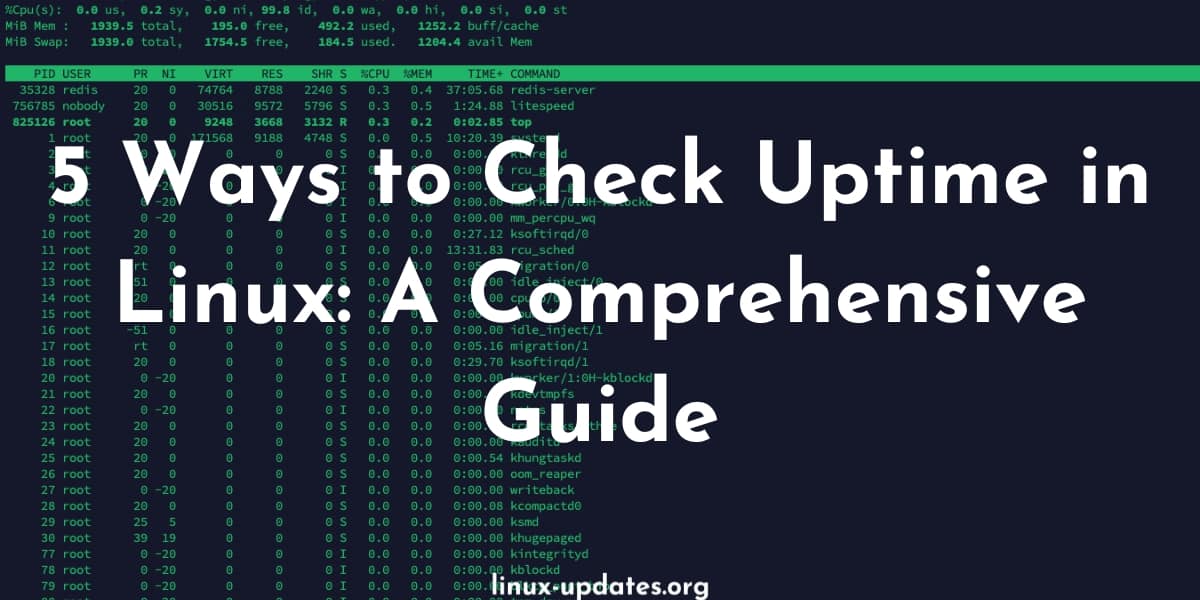How to unistall tensorflow?
There are several ways to uninstall TensorFlow, depending on how it was installed on your system. Here are a few options: If you installed TensorFlow using pip, the easiest way to uninstall it is by running the following command: pip uninstall tensorflow If you installed TensorFlow using the Anaconda distribution, you can uninstall it by … Read more

